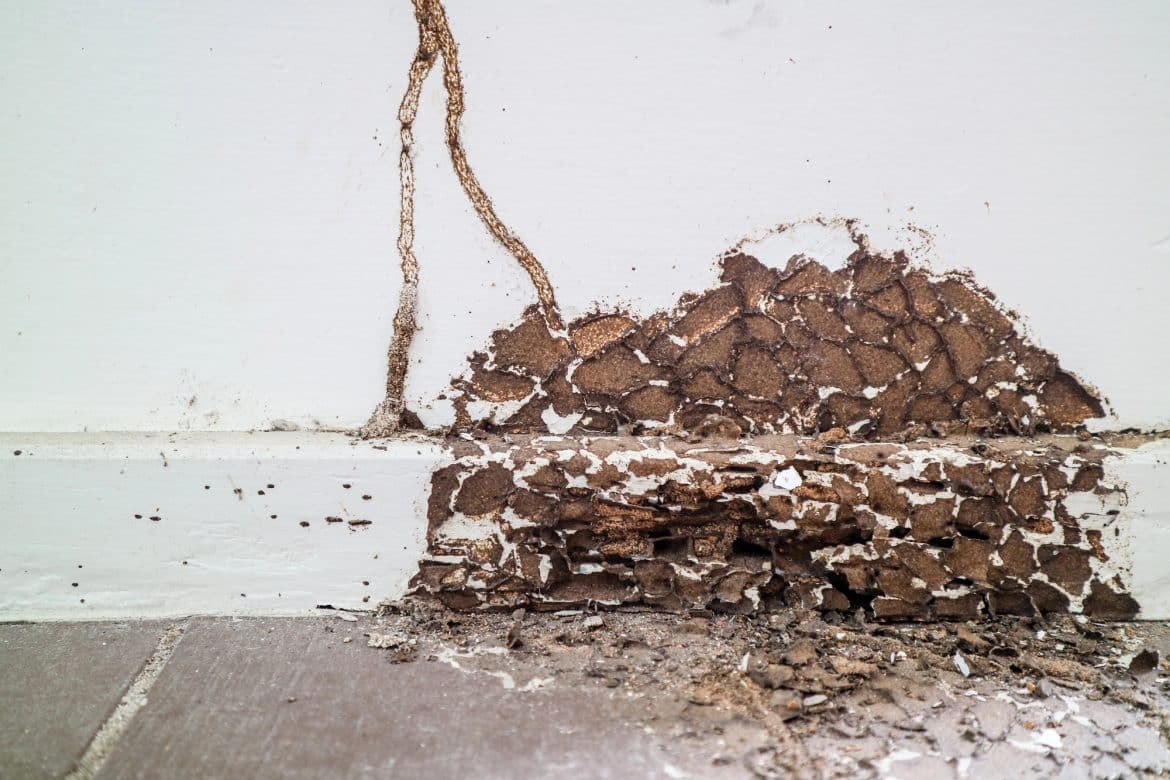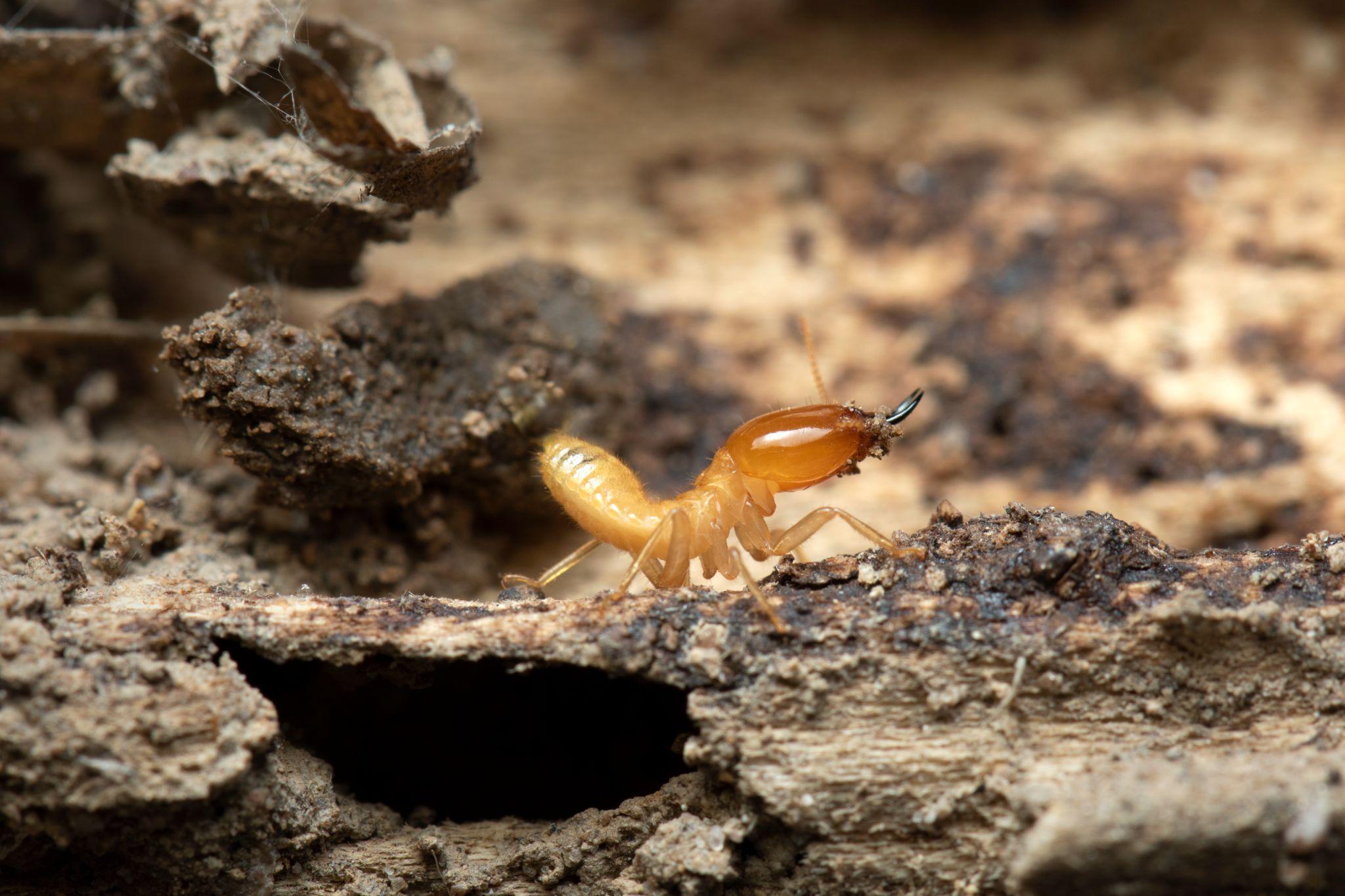Termites are well-renowned among property owners and pest control specialists globally for their reputation as destructive pests to any timber-based structures. Due to their covert habits and ravenous desire for cellulose, a component found within wood, they pose a formidable threat to both residential and commercial buildings. Even ecosystems are thrown out of balance when an overload of termite activity is present. But beyond these commonalities, termites are highly diverse creatures, with each species possessing unique characteristics and behaviours.
The study of different termite types can inform effective management and infestation prevention strategies, making it a valuable line of knowledge for homeowners and industry professionals. This extensive article will guide you through various termite species, accentuating their distinct traits, behaviours and the impact they place not just on our homes, but upon our surrounding environment. By gaining familiarity with the world of termites, you’ll hold a more informed and proactive stance towards protecting your property and contributing to the balance of your local ecosystem.
Subterranean Termites
Digging deep into the earth’s crust, subterranean termites are the primary culprits when it comes to pest infestations due to their large numbers and extensive geographic range. Making their homes preferentially in warm, damp environments, they craft intricate maze-like networks below the ground to scout for food sources and remain shielded from threats. Keen on devouring anything with a high cellulose content, they particularly pose a significant threat to property owners who have used a considerable amount of wood in their structural components. The underground existence of these organisms becomes a challenge when it comes to detection, as their presence is obscured until palpable damage has occurred to the property.
As with any kingdom in the wild, subterranean termite colonies exhibit a very rigid societal structure, segmented into workers, soldiers and reproductive termites called ‘alates’. The workers are entrusted with the mission of foraging and feeding their colony, while also maintaining the nest, whereas the soldiers are tasked with defending the fortress against predators. The alates are responsible for expanding the colony by mating and building new colonies.
Spotting a subterranean termite infestation can be tricky due to their elusive nature. The signs to vigilantly watch out for include the presence of mud tubes along the walls or foundations, discarded wings near any potential entry points, or timber that produces a hollow sound when tapped. Regular inspections are paramount for early detection and prevention of extensive damage to your property.
Drywood Termites
In sharp contrast to their subterranean brethren, drywood termites lead an entirely unique lifestyle. They don’t require soil for survival, instead favouring the comfort of the very wooden materials they consume for housing. As they feed, they take up residence within the wood, which unfortunately leads to infestation within furniture, timber trims, and other wood structures found in homes. Nesting directly within their feed proves advantageous for the drywood termites as they can exist independently of the earth’s resources.
Drywood termite colonies, while not as comprehensive as their subterranean counterparts, are shrouded in their own aura of sneakiness. They construct relatively small colonies that can be overwhelmingly challenging to detect. Even experienced exterminators have to keep an eagle eye out to detect signs of infestations ,which reveal themselves through the presence of ‘frass’- drywood termite excrements or pellets that are frequently found around the areas they’ve infested. These hexagonal crumbs might be the first clue pointing at their existence.
Preservation against a drywood termite infestation can be procured by ensuring that all wood surfaces in your property are continually sealed and painted. Treatments for drywood termite infestations can range from localised chemical treatments to comprehensive structural fumigation, hinging on the scale of infestation.
Dampwood Termites
Dampwood termites are usually found in areas with high humidity or where wood maintains a high moisture content. True to their name, they proliferate in moister conditions and signify a broader issue of water leaks and rotting wood if found on a property. Unlike other termite species, their physical attributes consist of a larger body structure, and their societal demeanour includes forming less dense colonies.
The younger termites in these colonies adopt all the responsibilities generally held by the soldier and worker termites in other colonies. If you discover dampwood termites causing damage to wet wood, wood with a moisture problem, rotting materials, or stumps, you may want to consider looking for signs of moisture buildup or leaks nearby.
Preventive measures against infestations include addressing any moisture-related issues promptly. If your property retains moisture or has been previously exposed to water leaks, it is advisable to repair the leaks, lower the humidity, and secure excellent ventilation sources. Consistent checks for signs of moisture and decay are also recommended.
Formosan Termites
Formosan termites originated from the far east in Asia; this invasive and highly aggressive species has found its way into all corners of the Earth, earning the reputation of one of the globe’s most damaging termite species. Their subterranean nature, coupled with their diet of wood, makes these termites a significant threat to homes and buildings.
Formosan termites are distinctive for thriving in large colonies, often numbering millions of individual termites. This massive population count allows them to cause damage far more swiftly compared to other subterranean termites, and their nests can extend into the structures they infest, making their eradication significantly more challenging.
Conehead Termites
Conehead termites are among the unique termite species, distinguished by their distinctive cone-shaped heads. Initially found in the Caribbean, these termites have expanded their colonies to various parts of the world. Differing from the traditional subterranean termites, conehead termites do not rely on underground tunnels for their survival and can traverse considerable distances in their search for food.
Their aggressive foraging and nesting characteristics make them a potential threat to trees, landscaping and the general structural state of buildings. Due to their ability to build nests both underground and above ground, a conehead termite infestation can spread rapidly, resulting in widespread damage.
Eliminating conehead termites requires extensive treatment, typically involving a combination of regular monitoring, baiting, and the application of insecticides.
Conclusion
The understanding of diversity among termite types can equip homeowners to better protect their properties from termite damage. Each species poses unique challenges, such as the hidden subterranean tunnels of common termites or the highly aggressive nature of Formosan termites. But with early detection and professional pest control, the negative impacts of these destructive pests can be kept in check.
To identify if your property has become a hotbed for termite activity, ‘how to know if it’s termites‘ is a phrase that property owners get well acquainted with. The detection markers include signs of discarded wings, timber echoing a hollow sound when tapped, and more that can appear in various areas of the premises. Proactive measures like performing a regular self-inspection of the property can aid a great deal in nipping the threat of a termite infestation in the bud. Thus, it’s imperative for property owners to regularly assess their property and take necessary preventative steps to keep these destructive pests away.


